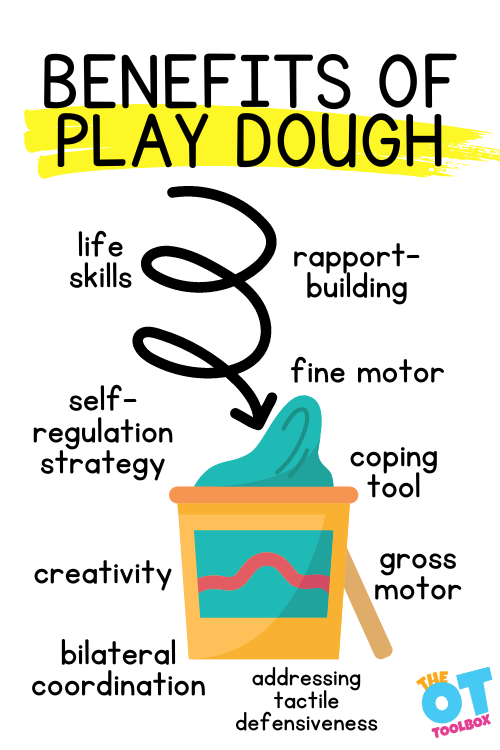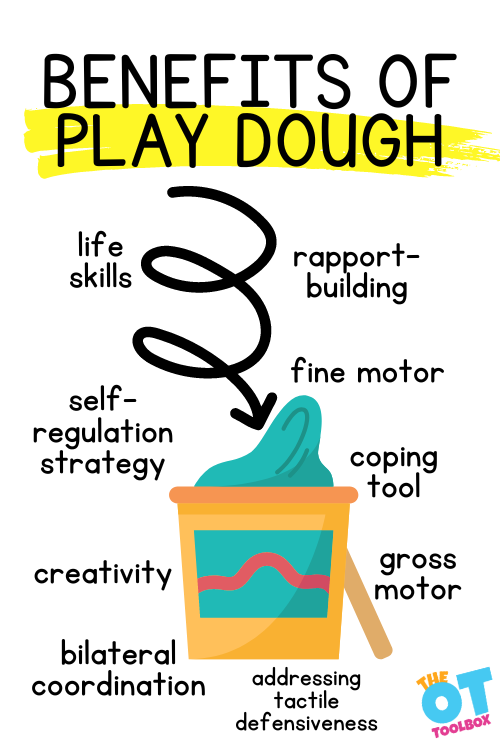This bat template is a fine motor activity, perfect for building motor skills with a Halloween twist. Use the bat printable as a stencil to cut out, trace, and then use in fine motor work. Add this to your Halloween occupational therapy activities!
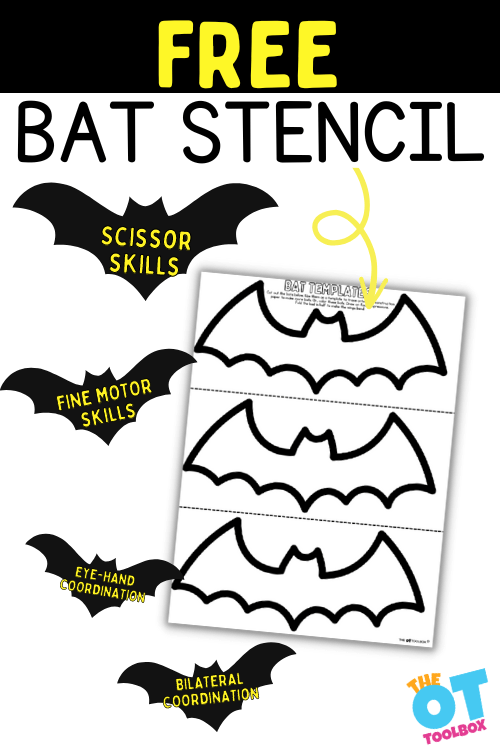
Bat Template
Fall is here and that means it’s time to pull out the Halloween crafts! This bat Halloween craft is a favorite in our house, and it’s actually a fun way to celebrate Halloween with kids without spooky decorations.
We also used this bat template in a Stellaluna activity that also challenged visual processing skills. Be sure to check that activity out for another way to use this printable bat stencil.
The nice thing about using our bat template is that it becomes an open-ended Halloween craft idea is one that doesn’t need a lot of materials. In fact, it’s a simple craft idea that is big on the fine motor skill development! When kids make this bat craft, they will be boosting skills such as fine motor strength and dexterity in a big way.
For more Halloween craft ideas, check out some of the ideas at the bottom of this post…it’s the perfect addition if you’re looking for Halloween crafts for toddlers or Halloween crafts for preschool parties.
Related, check out these spider activities for more spooky but fun ideas.
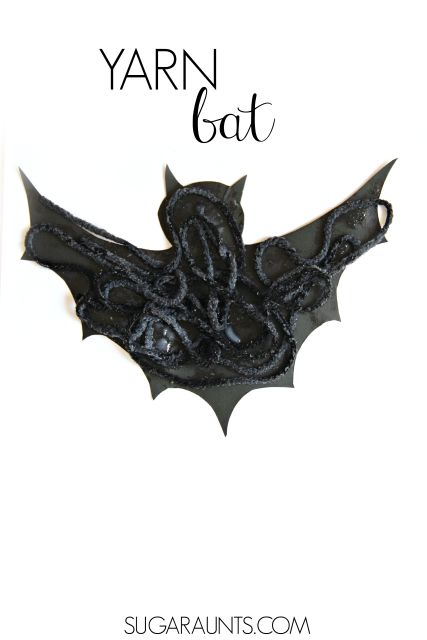
Bat Template Craft
We made this bat craft with a fun sensory twist. And, since we have a certain second grader that is cursive handwriting obsessed, we decided to add a cursive handwriting twist to this activity. This activity could work to help kids with letter formation of upper case letters, lowercase letters, or numbers too. The possibilities are endless.
We arranged the bat template so you can print out one bat printable page and then get 3 bats from the one page.
Or, if you are using the bat templates with a group of kids like in a classroom Halloween party activity, you can easily cut the bat template page into three sections with one bat stencil for each child.
This post contains affiliate links.
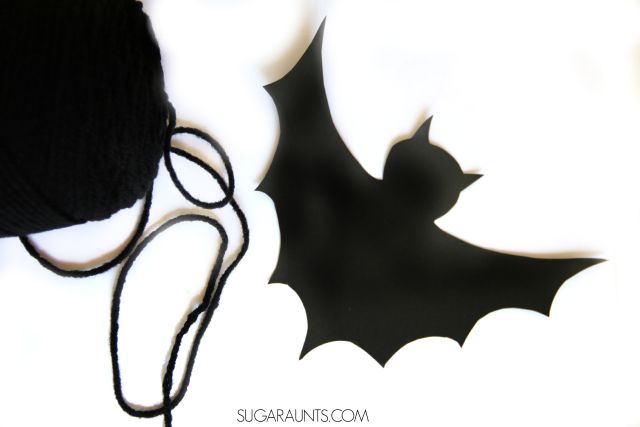
Bat Printable
To make your bat craft, you’ll need just a few materials.
Amazon Affiliate links are included.
- Bat printable (get your copy below)
- black cardstock
- black yarn
- Glue
- Scissors (THIS is my favorite brand and the ones that I always recommended as an Occupational Therapist!)
- Pencil or marker
This is a great Halloween craft for preschoolers because it’s a fantastic way to work on scissor skills with a Halloween activity.
Make the Bat Template
- First print out the Pat printable onto printer paper.
- Cut out the bat templates on the page. Each template has three bats. Students can cut out the bat printable or the adult can do this as preparation work.
- Trace the bat template onto cardstock or black construction paper. This is another good task for students to do as tracing the bat template supports development of bilateral coordination skills, eye-hand coordination, crossing midline, and pencil control skills.
- Cut out the bat template.
Kids can cut out the shape using their Scissors for great scissor skill work. The bat shape is a complex cutting shape and can be done by Elementary aged students.
Cutting the angled wings and curves can be difficult, but by using the cardstock, kids will get a bit fore proprioceptive feedback from the thicker resistance of the paper material.
To make the task easier, cut wings without the jagged lines or use thicker cutting lines when you draw the bat shape.
Decorate the Bat Cutout
Once you have the bat, you’ll need to cut pieces of the black yarn. Have your child cut long or short pieces, it doesn’t really matter what length they wish to cut for their bat’s texture.
- Cut black yarn for the bat cutout.
Cutting the yarn is a great material to practice appropriate scissor positioning and bilateral hand coordination.
If a child is holding the scissors on an angle, cutting the yarn will be more difficult. (You may see them trying to “saw” at the yarn!) Encourage them to hold the scissors straight up and down and the blades of the scissors at a 90 degree angle to the yarn. You can find more of our Scissor Skills activities.
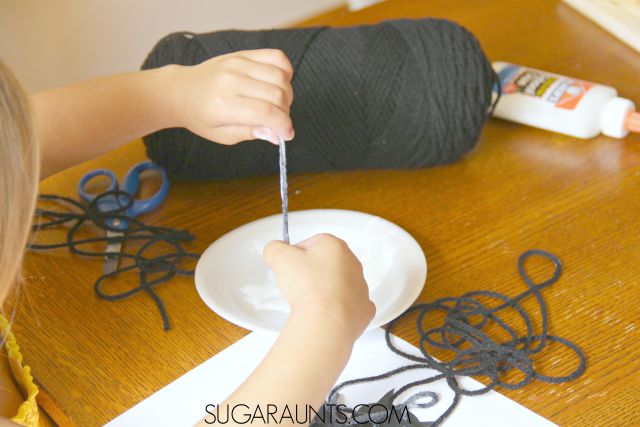
2. Next, pour some glue into a shallow dish or plate. Show your child how to drag the yarn through the glue and get it nice and saturated with the glue. Use both hands to pinch and “scrape” off excess glue from the piece of yarn.
3. Next, drape the black yarn on the bat shape. You can let your child get as creative as they wish with this part. Some might like to outline the bat shape and others, just pile it up on the bat.
4. Let the glue and yarn harden and you’ll have a textured bat craft to use in Halloween decorations this Fall. You will have to wait for the glue to dry, probably overnight.
Use the Bat Printable in Handwriting Practice
Occupational therapy practitioners know the value of using a single activity or material to develop a variety of skill areas. That is the case with this bat printable…use it to work on handwriting skills too!
We used those saturated yarn pieces to build cursive letters, but you could build printed letters as well, using our letter construction method.
This would be an excellent way to practice cursive letter formation in our Creative Cursive handwriting journal activity.
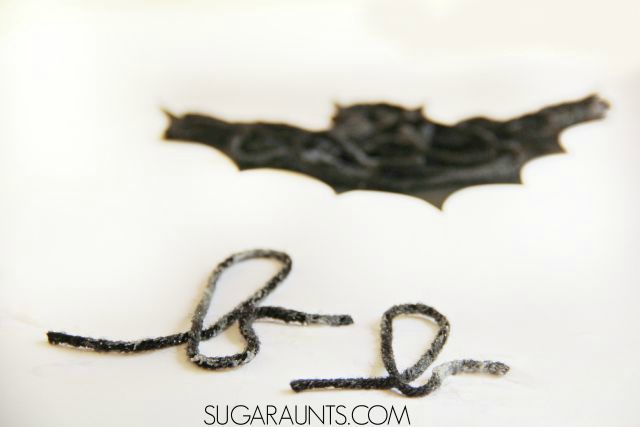
Use this Bat Craft for kids to work on letter formation of any kind. It’s a creative writing activity that they will be sure to remember. Work on forming individual letters, spelling sight words, or making Halloween words.
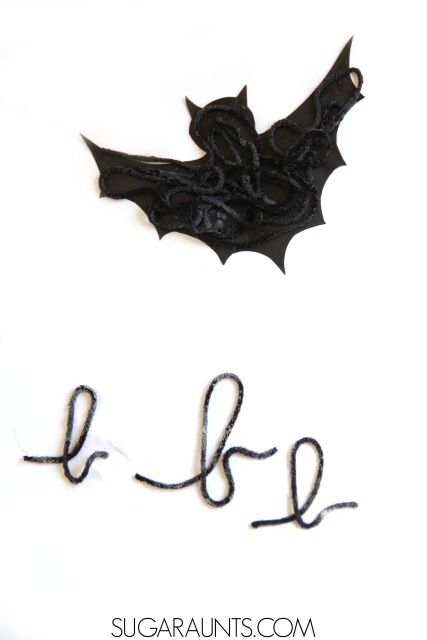
Use the Bat Printable in Learning
This would work as a very fun…and very sensory…classroom Halloween party idea or learning activity for this time of year, while working on team work skills, and learning components.
- Split kids up into teams. Give each team a collection of cut black yarn and a bowl of glue.
- Write a spelling word, or a Halloween word on the board or hold up a sign with a Halloween word.
- Each team has to work together to use the cut yarn and glue to spell the Halloween word on a piece of paper or cardboard.
- Once a team has completed the word, they have to hold up their paper or cardboard. The first team to spell the word with the letters sticking wins! (Too much glue or not enough glue will make this a fun race for Halloween parties for kids of all ages.)
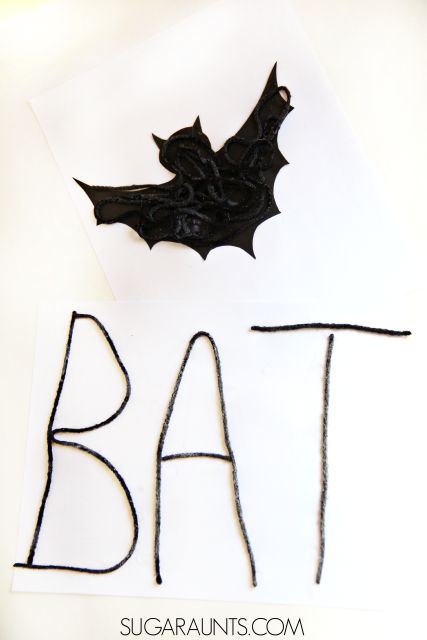
Build printed letters with the glue yarn, too. We had a lot of fun with this Halloween craft and it was a hit with all of my kids…from preschool on up to grade school.
Check out some of these other Halloween activities and crafts:
- Make a Spider Craft using potato stamps. Fun for parties or just Halloween fun with the kids!
- Use cookie cutters and chalk to make Halloween Chalk Art. It’s a messy and sensory Halloween activity that the whole family can get involved in.
- Looking for variety with your Halloween party ideas? Try these Spanish Halloween Activities.
- These Pumpkin Ice Painting art is fun and a great way to explore the senses at a party this Fall.
- Spider Noodles
- Fall Tree Crafts
- Ghost Craft
- Pumpkin Thumbprint Art
Free Bat Template
Want a copy of this free bat template printable? Enter your email address into the form below to get a copy of this Halloween printable. This activity is also available inside The OT Toolbox Member’s Club under our Bat Therapy Theme. Members can log in and get the bat template there without entering an email address. Not a member yet? Join us today.

Colleen Beck, OTR/L has been an occupational therapist since 2000, working in school-based, hand therapy, outpatient peds, EI, and SNF. Colleen created The OT Toolbox to inspire therapists, teachers, and parents with easy and fun tools to help children thrive. Read her story about going from an OT making $3/hour (after paying for kids’ childcare) to a full-time OT resource creator for millions of readers. Want to collaborate? Send an email to contact@theottoolbox.com.


